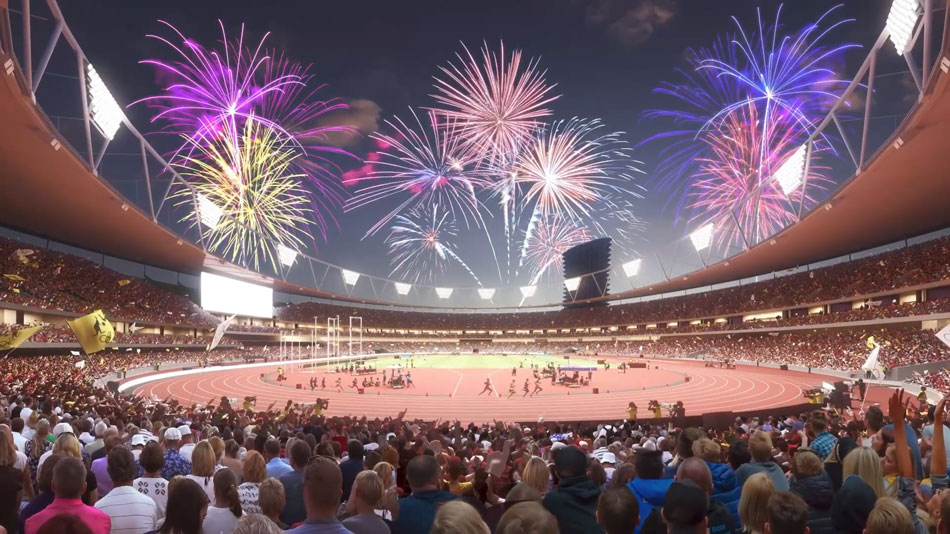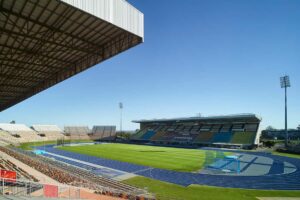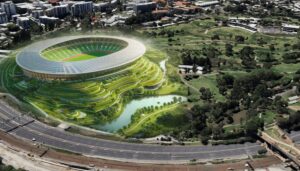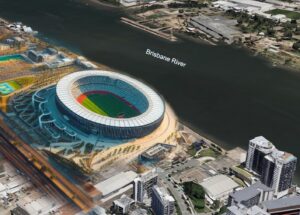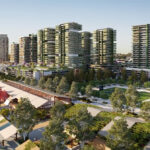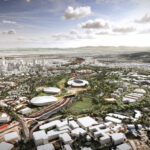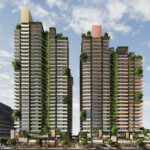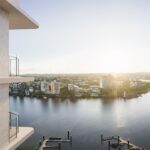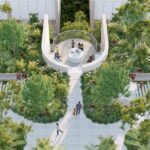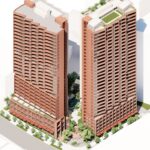OPINION: The Labor government’s latest decision to reject an independent review of a suitable Olympic stadium opportunity shows that it has squandered the last chance at building good quality lasting Olympic games legacy infrastructure.
People love talking about ‘white elephant stadiums’ that have occurred in some parts of the world, with some even claiming that a brand new stadium built at the centre of an Australian city with 3 million people, home to one of Australia’s largest AFL sporting clubs and Queensland Cricket itself would somehow become a ‘white elephant’ and be unused. Well, you’re in for a treat now.
The Miles-led Labor government appears poised to echo significant planning errors reminiscent of the 1970s Commonwealth Games by investing an estimated $1.6 billion to bring the rusty old QSAC (Queensland Sport and Athletics Centre) stadium up to international standards with a seating capacity of 40,000 seats in an area with no mass transit, no pubs, restaurants, bars or even hotels nearby.
Under Labor’s plan, QSAC in Nathan will see a big chunk of money thrown at it to host the athletics for the world’s largest sporting event, while Suncorp Stadium will host the opening and closing ceremonies. This decision is one that doesn’t resonate with the public’s interests, nor does it make financial sense.
QSAC stadium has remained virtually untouched since its archaic stands were erected for the 1977 Commonwealth Games, and there’s a clear reason for this stagnation: it’s not centrally located, lacks adequate public transportation—let alone mass transit—, is difficult to access, and offers little in terms of post-event activities. Indeed, in 2024, history appears to be repeating itself.
Adding insult to injury, a crucial revelation from a review conducted by former Brisbane Lord Mayor Graham Quirk reveals that the Gabba stadium is slated to reach the end of its lifespan by approximately 2030. The report uncovered a multitude of issues plaguing the aging stadium, making it inevitable that the Gabba will require significant upgrades in the near future.
The 60-day review conducted by Quirk concluded that the project would yield no “significant legacy benefit” to the region and advised against its utilisation for the 2032 Olympic and Paralympic Games, emphasising that it “does not represent value for money.”
Finding 1.4
The Panel undertook a detailed inspection of the Gabba’s back-of-house facilities and questioned the operators about the stadium’s accessibility for all patrons. The Panel found that the stadium is an ageing asset requiring substantial upgrading. It is no longer fit-for-purpose and falls significantly short of the quality of facility enjoyed by spectators in almost all other oval stadiums in Australia.
Finding 1.5
The Gabba structure has not had any major upgrades or capital enhancements for nearly 25 years and many changes to the building code have occurred in that time.
Finding 1.6
The stadium is not compliant with current Disability Discrimination Act (DDA) requirements or with modern building codes. Any significant upgrades will trigger a requirement to meet current codes. For example, if the shade cover sails need to be replaced, the structures to which they are affixed would also need to be replaced because of changes to the Australian Building Code.
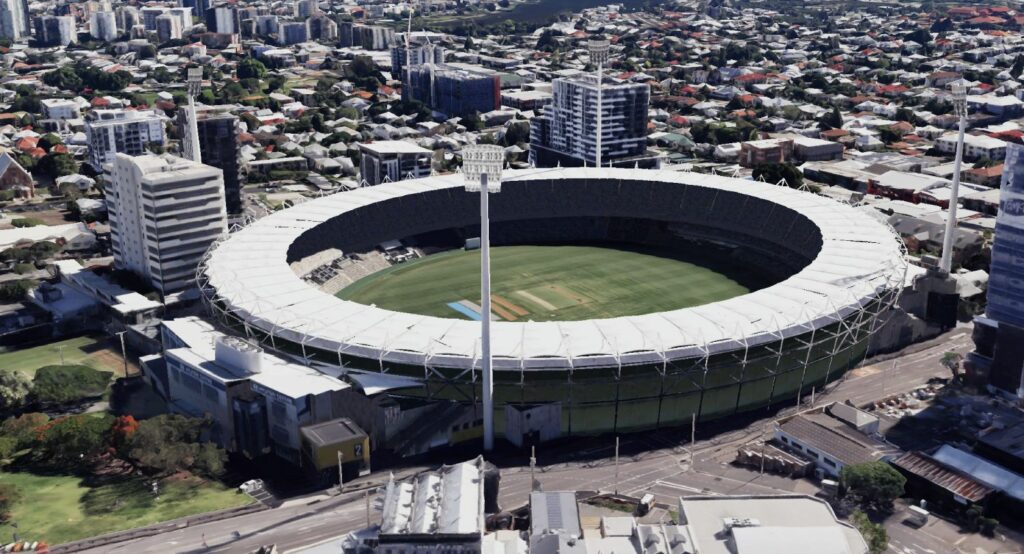
Finding 1.7
The Gabba’s back-of-house operations are severely compromised by poor connectivity and lack of space and facilities for stadium hirers, staff, athletes and other stadium users are in many cases appalling.
Finding 1.8
The Panel observed that the Gabba’s ageing facilities and operational inefficiencies have reduced its ability to compete with many stadiums in other cities around the country. As a result, the Gabba cannot attract new content or events, decreasing its ability to generate revenue and attract visitors to the city.
Finding 1.11
The Gabba was originally designed with a capacity of 42,000 seats, however, the operational capacity is significantly less due to the installation of video boards, coaches’ boxes and accessible seating. The Gabba currently has an operational capacity of 33,000 seats for cricket and 37,000 seats for AFL events.
Further findings regarding QSAC concluded the below:
Finding 1.18
The cost of an upgraded 14,000 seat QSAC Stadium is expected to be around $600 million and would meet legacy requirements.
Finding 1.19
The challenging topography of the QSAC site results in a substantial podium and other permanent structures being required solely to support Games’ operations. In addition to the legacy upgrade, a further $1 billion investment is required to support the Games’ operations and increase the seating capacity to 40,000 seats.
Finding 1.20
The Panel formed the view that while existing users would benefit from an improved experience, there was a very limited broad community legacy from this significant expenditure at QSAC and that the cost did not represent value for money.
Finding 1.21
An upgrade of the QSAC Stadium does not represent value for money and has limited legacy opportunities given the current QSAC Stadium is able to meet the existing high demand for community use.
So why invest $1.6 billion into a stadium that has already proven to be unpopular due to glaringly evident shortcomings?
Brisbane risks being remembered as the only Olympic host city to opt for an outdated facility lacking in mass transit, an international embarrassment in the making. Not only does this decision squander the opportunity to upgrade the eyesore that is the Gabba stadium, but it also leaves the city without a new stadium for decades, until the inevitable demolition of the Gabba.
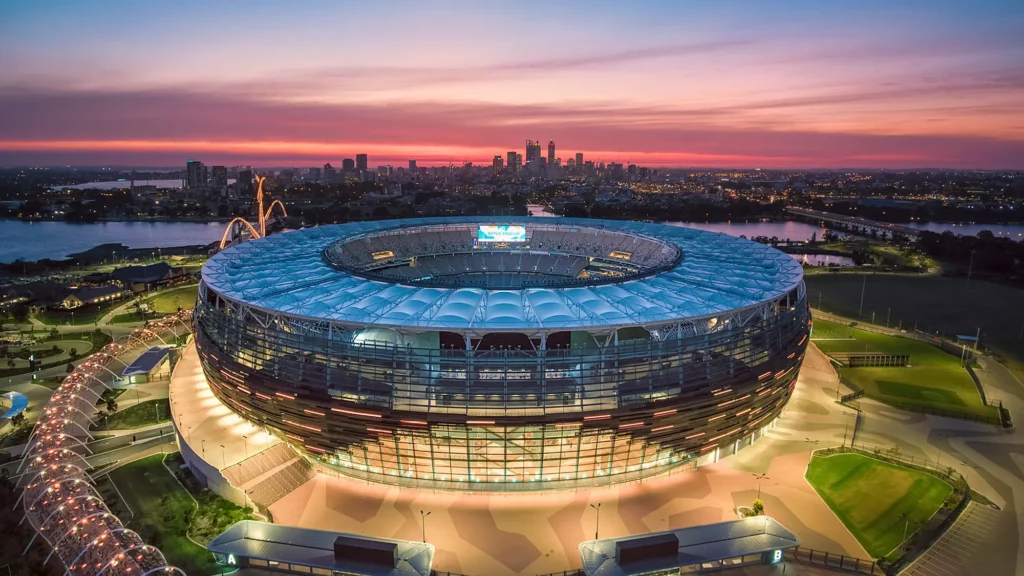
Perth, Australia’s fourth largest city even boasts a more suitable infrastructure setup for hosting the Olympics compared to Brisbane. Perth already possesses the necessary rail network, the brand new Optus AFL stadium, an indoor arena that are not only architecturally sound but also have sufficient capacity. Even Adelaide, Australia’s fifth largest city has a modern inner city stadium, the Adelaide Oval with a capacity of 53,500.
Victoria Park’s vast expanse presents an opportunity for a well-designed stadium that could activate the parkland, bringing vibrancy to its afternoon and nighttime activities during events. The government should also one more alternative site if Victoria Park is deemed off-limits, such as:
Victoria Park / Barrambin Olympic Stadium with Minimised Parkland Disruption
Northshore Hamilton Greenfield Olympic Stadium & New Spur Rail Line & Station
These two proposals represent significant improvements over the current plans, offering Brisbane and the Southeast a legacy of Olympic infrastructure to be proud of, all while avoiding additional expenses when the redevelopment of the Gabba becomes necessary within the next decade.
The LNP state opposition has stopped short of taking a position on the new stadium however has blasted the Miles government for ignoring the recommendations of an independent review into Brisbane 2032 Olympic venues.
Given the government’s lack of community consultation on any Olympic infrastructure thus far, the primary recourse is to directly contact those in authority. If you wish to voice your views on the matter, you can reach out to the Premier and Minister for State Development & Infrastructure via email using the button provided below.
| Hon Steven Miles Premier & Member for Murrumba | Hon Grace Grace Member for McConnel (ALP) Minister for State Development and Infrastructure |


